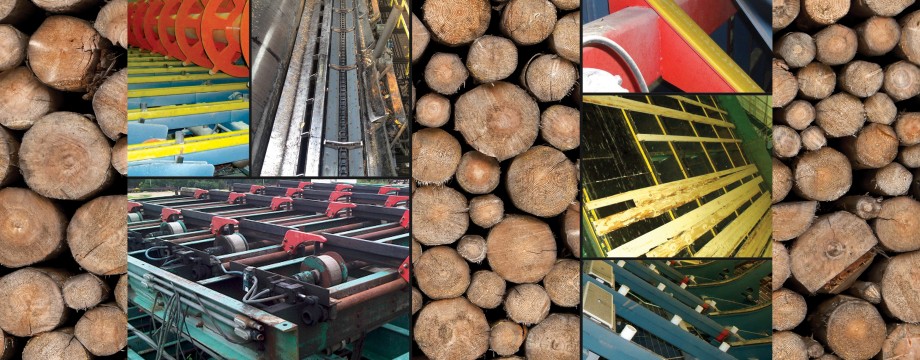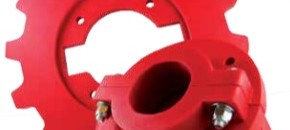We occasionally hear from our sawmill customers “You guys want to stick urethane in everything!” The comment isn’t to be mean but it reflects the fact that many applications and problems we are tasked with solving end up with a polyurethane solution. For many people they are surprised that polyurethane can serve any “industrial” applications in the first place, with most people thinking it’s just a type of foam used in furniture and mattresses.
In fact, polyurethane is a versatile material with special properties called an “elastomer” meaning it rebounds when compressed to most of its old dimensions. In addition, it’s not just available in a foam – it can be manufactured in all sorts of solid grades from gel-like shock reducers to bearing grade products capable of taking 2500 PSI.
So, why do we use it in sawmills?
Polyurethane is a problem solver and where it solves issues are with impact, wear, abrasion, and even noise. There no question those are issues at sawmills so lets start with impact, which can prematurely wear or damage equipment and welds. The softer shock absorbing polyurethane, Redco Deadplate, can be strategically deployed to take this impact and save the equipment. A good example of a wear and abrasion solution are our Redco 750 polyurethane L-channels/guides used in OSB plants.
UHMW is widely used in this application but it is a high-load, high friction application that can make UHMW bubble due to heat and deform. Polyurethane will not under the same conditions. Redco 750 itself deserves special mention – a bearing grade product still able to handle high impact with excellent wear properties, it has been used for decades as bearings and SN inserts in mills (as well as C-bars and J-Hooks).
So, why polyurethane?
It simply works and because its properties offer many simultaneous advantages (wear resistant and impact resistant at the same time) it offers unique problem solving solutions many other plastics can’t.
For assistance with your sawmill application, please contact us today.


